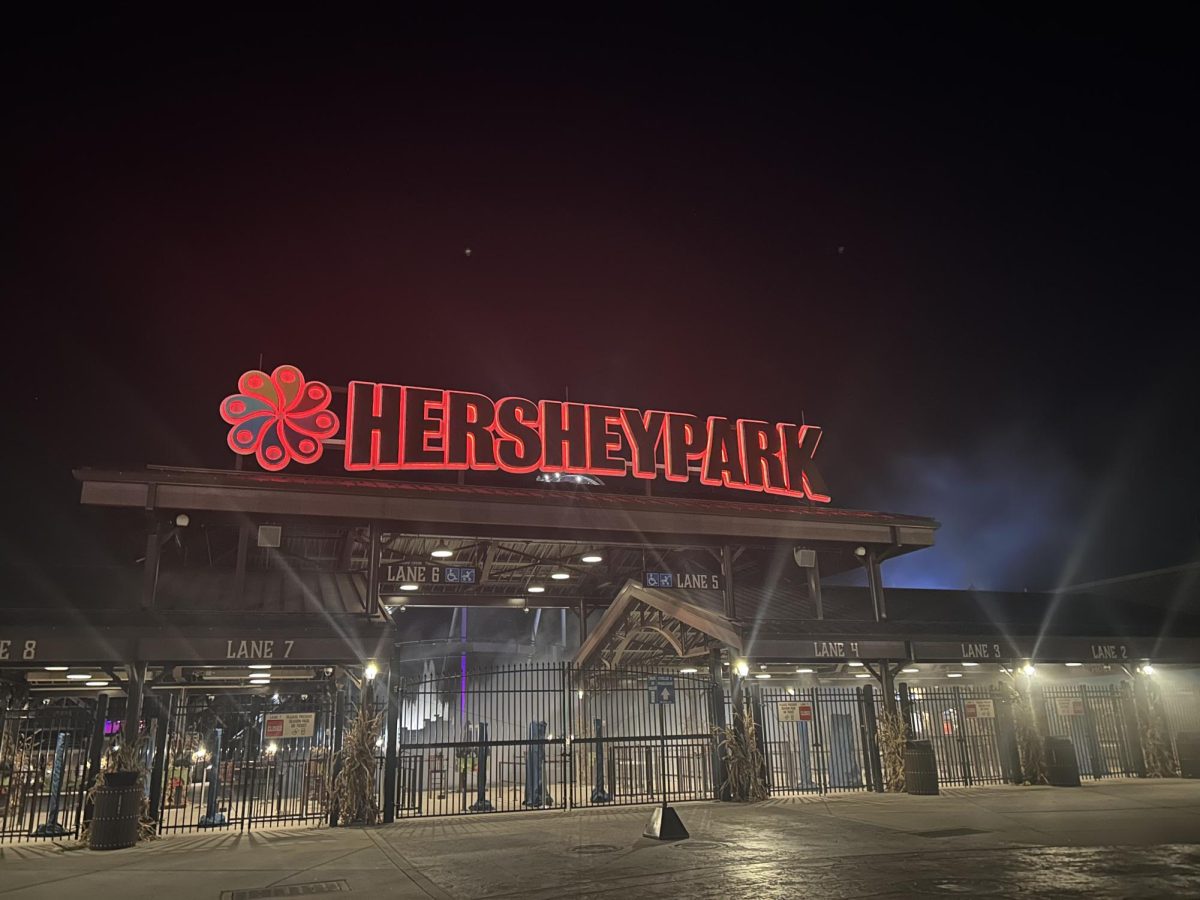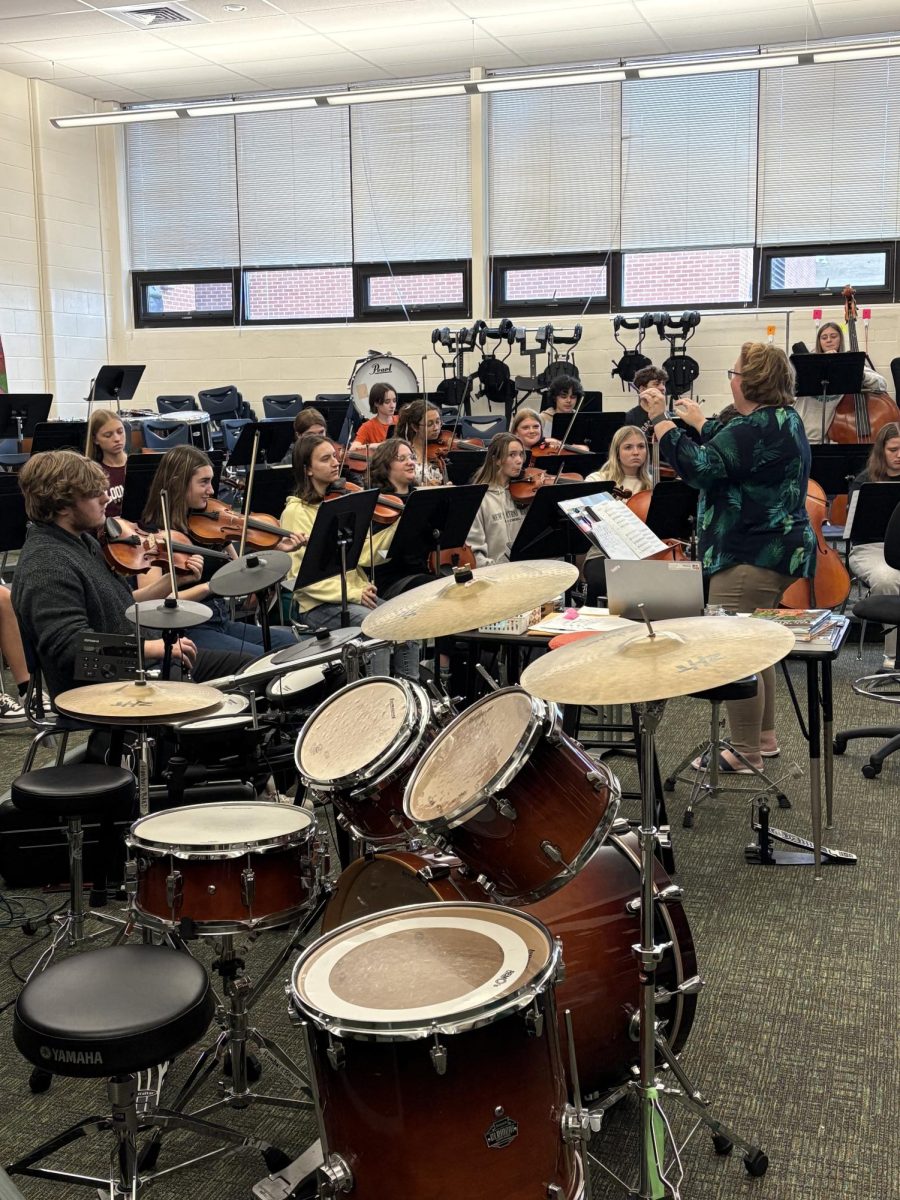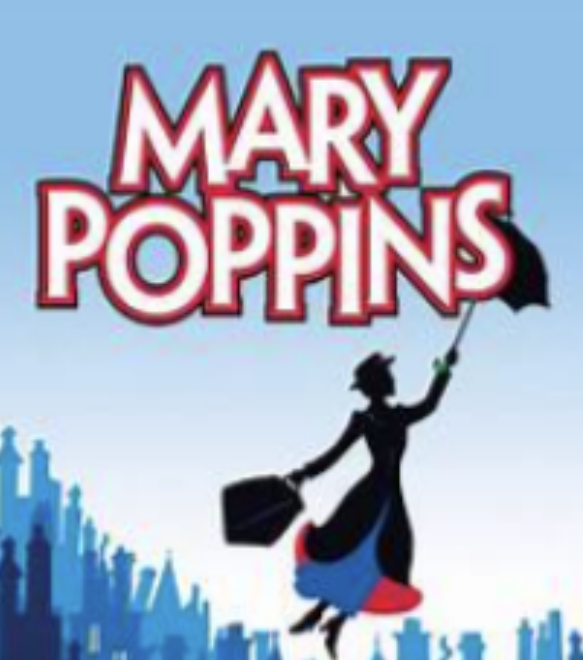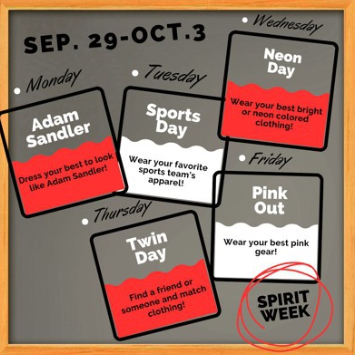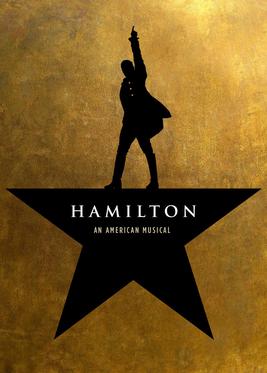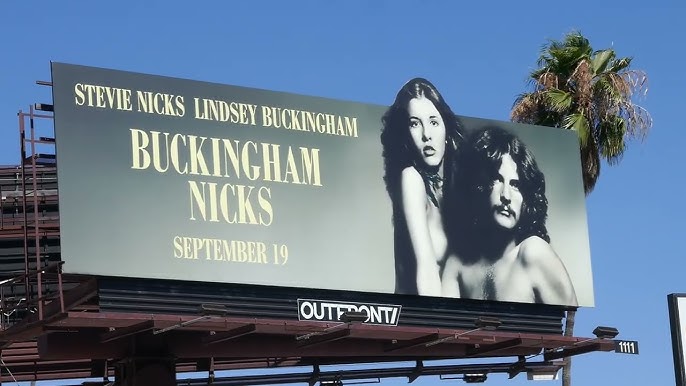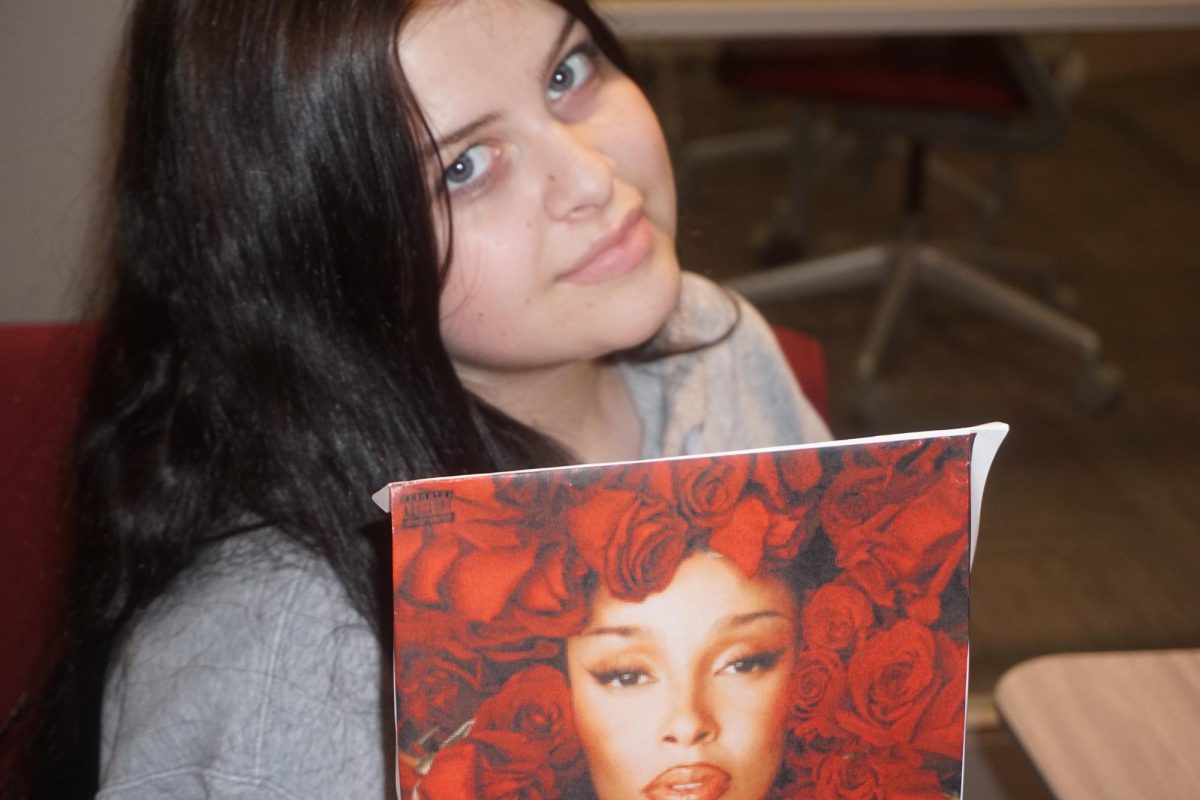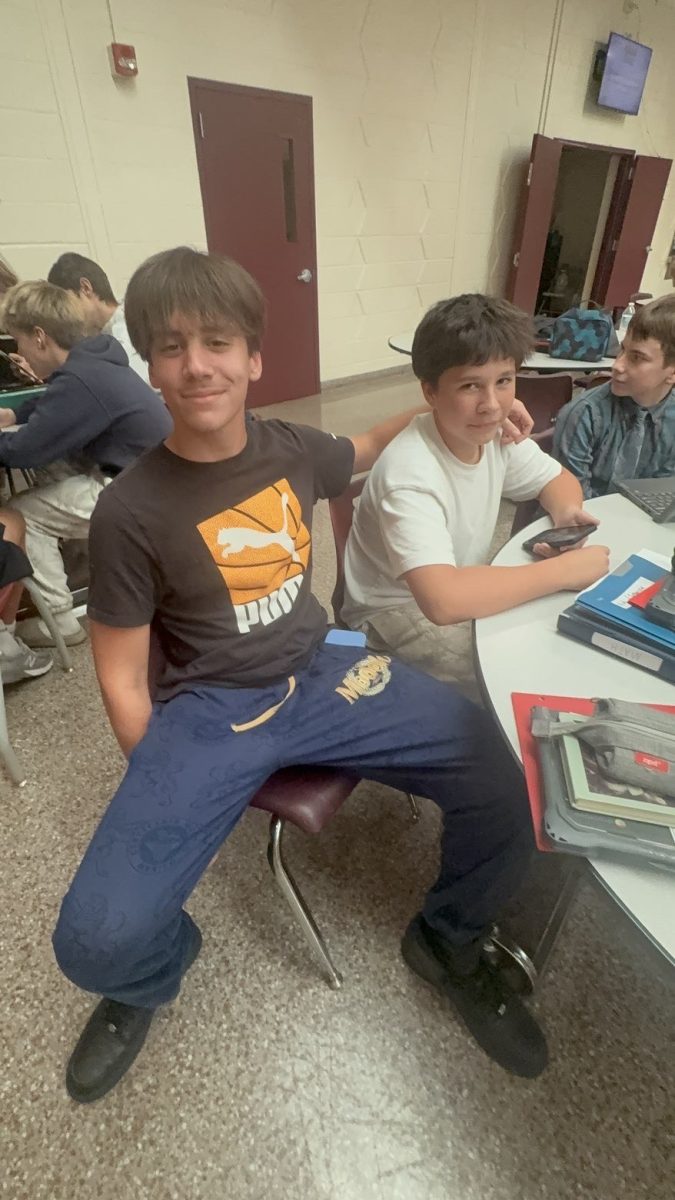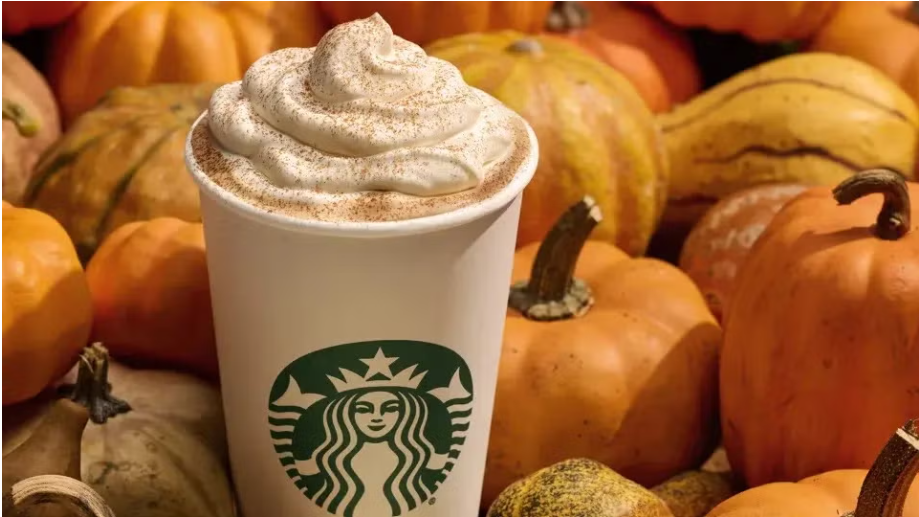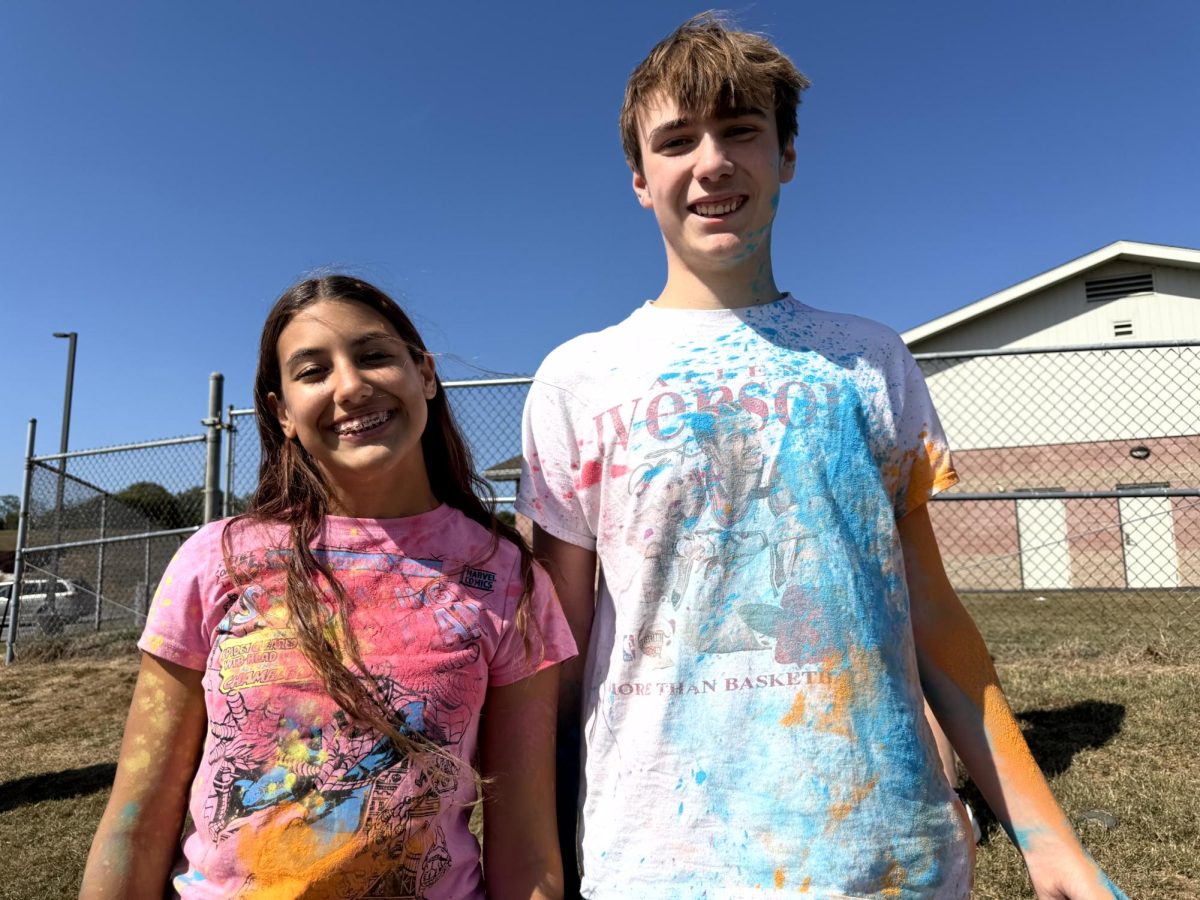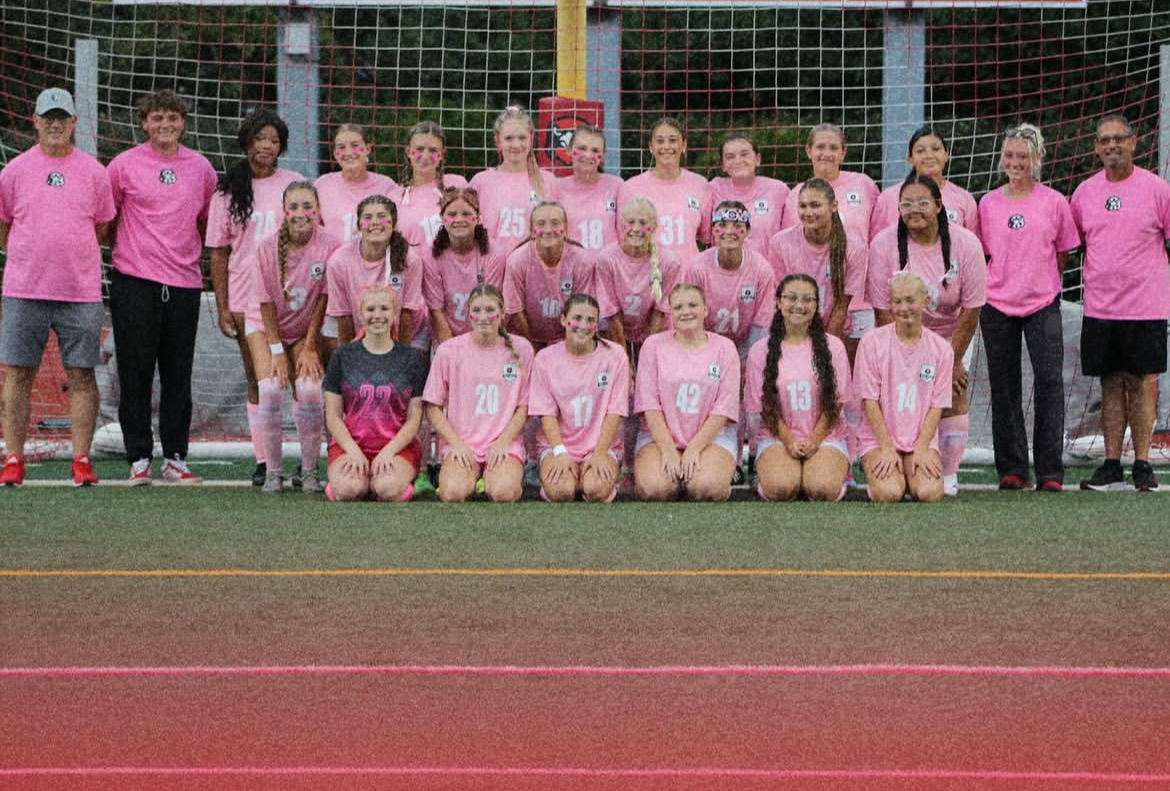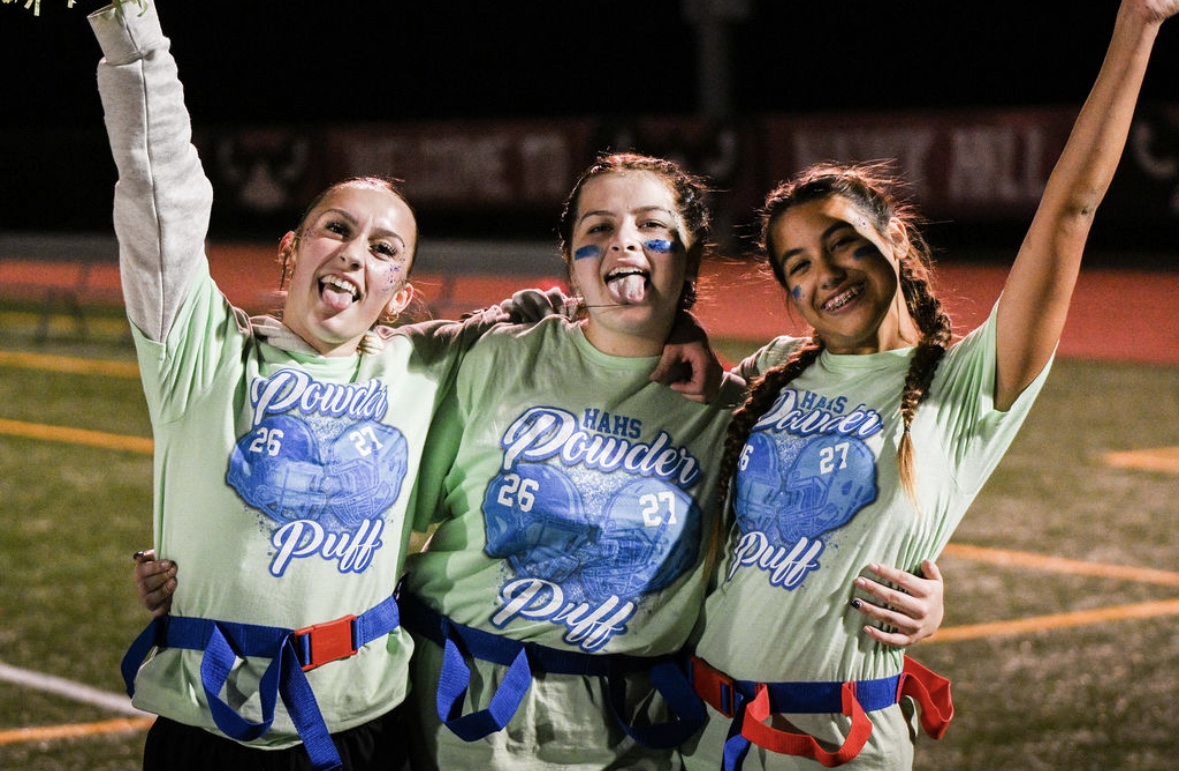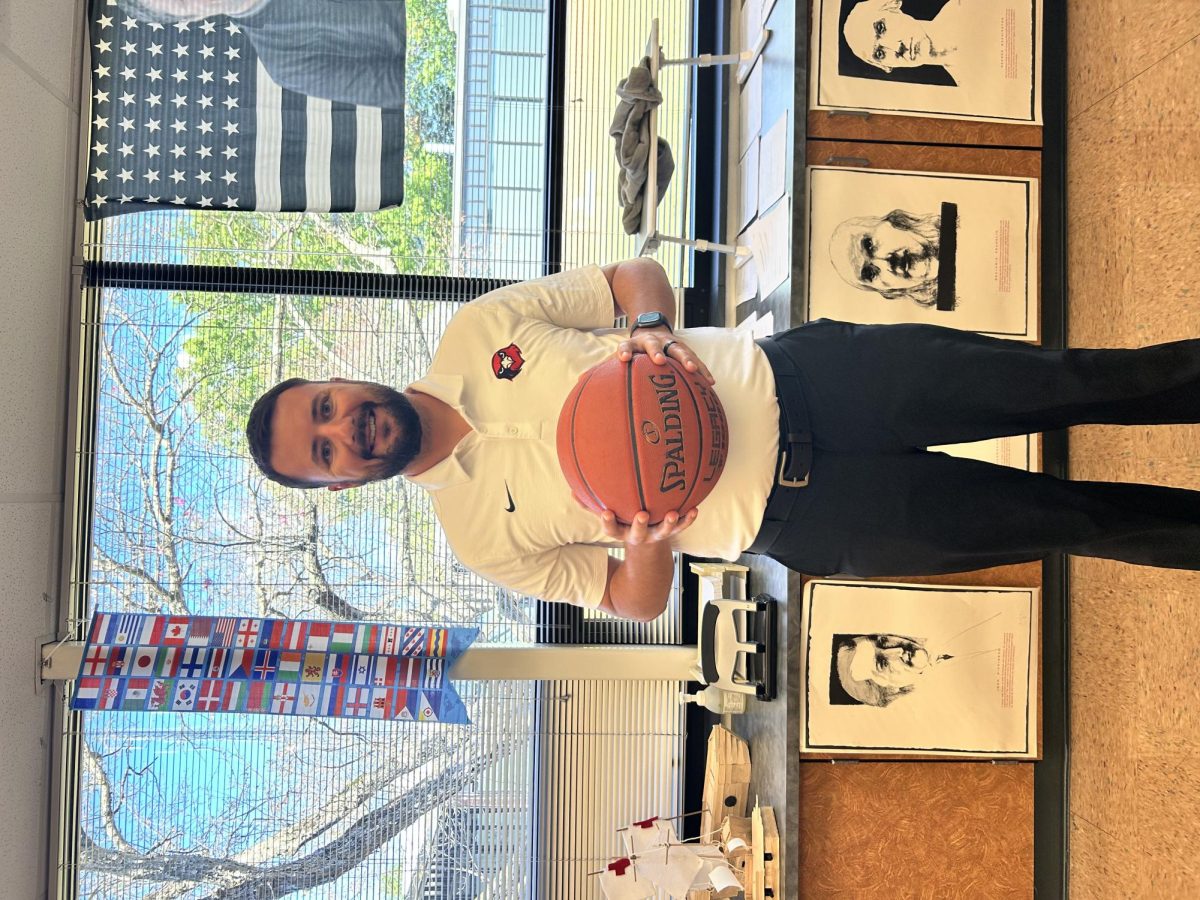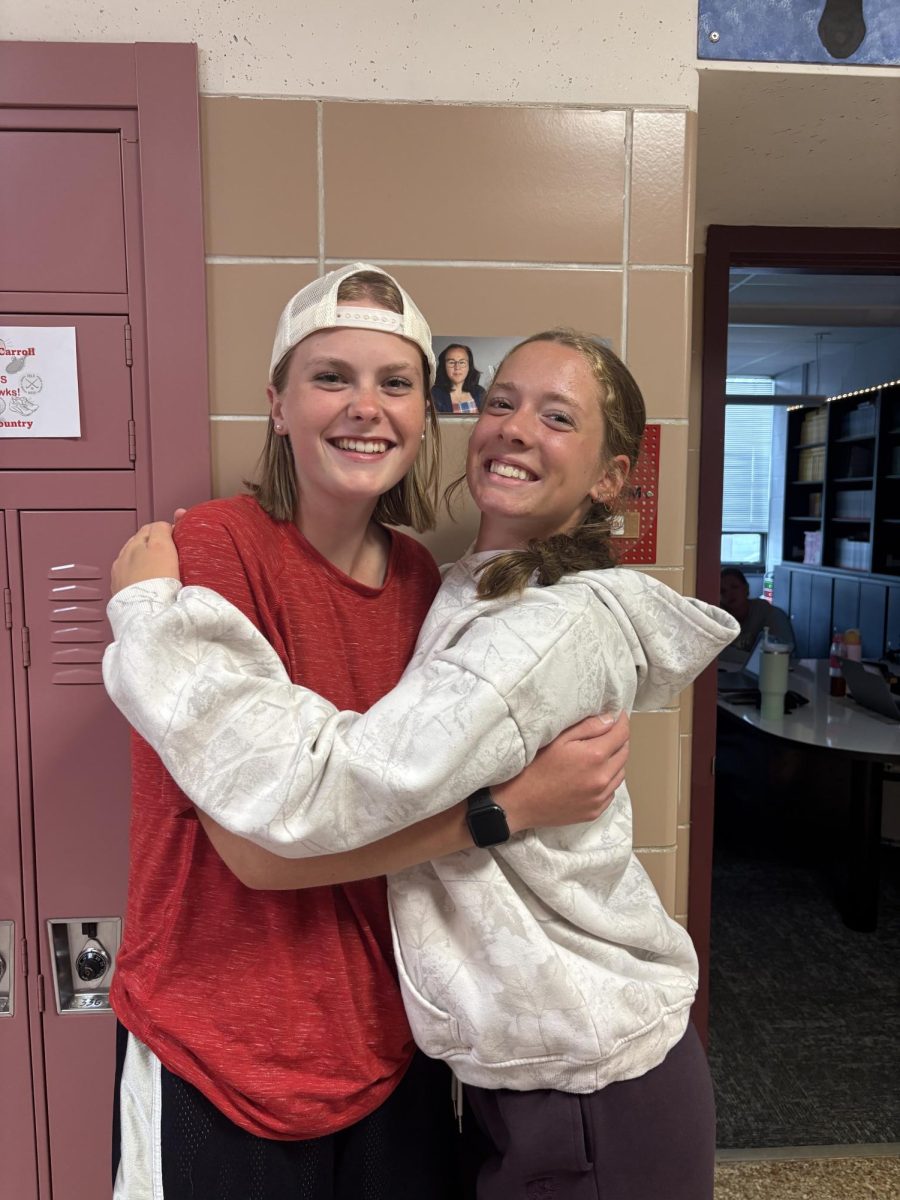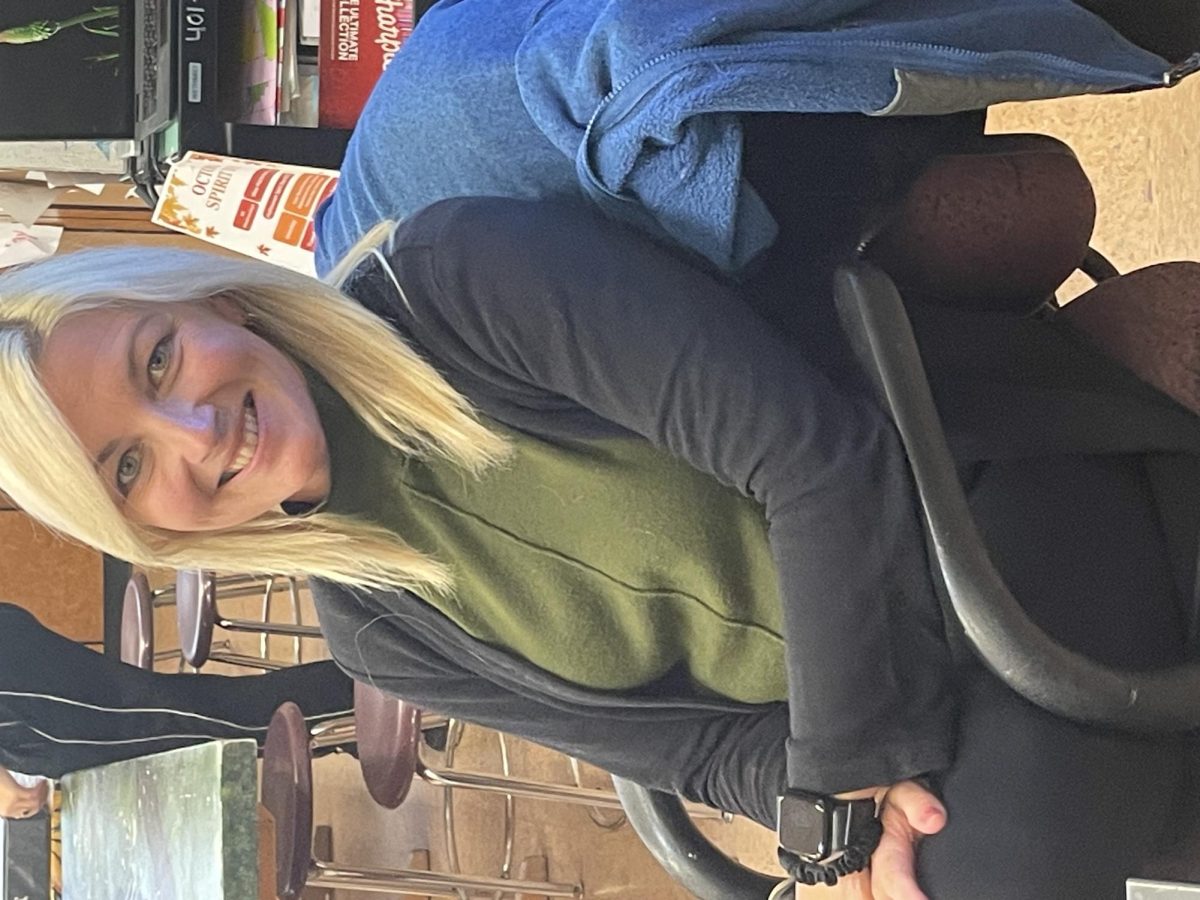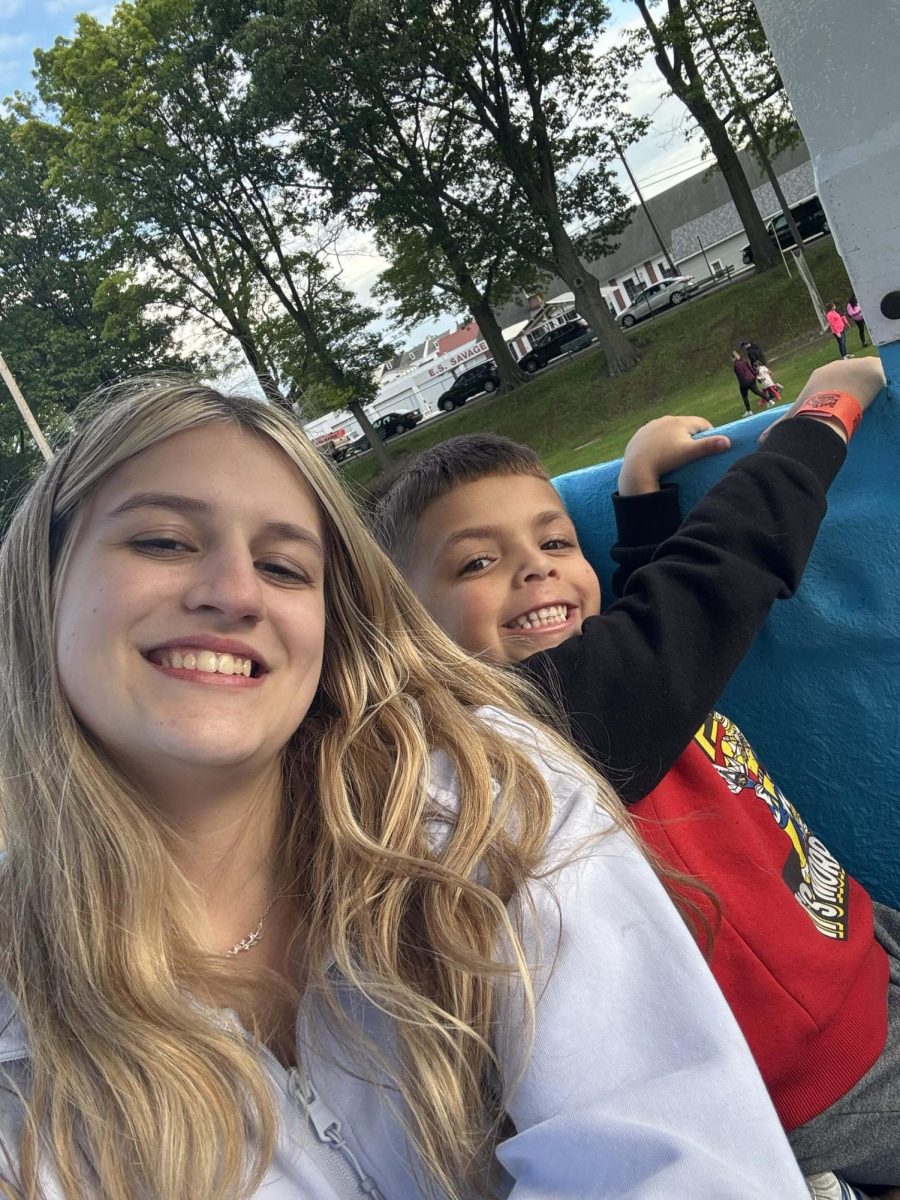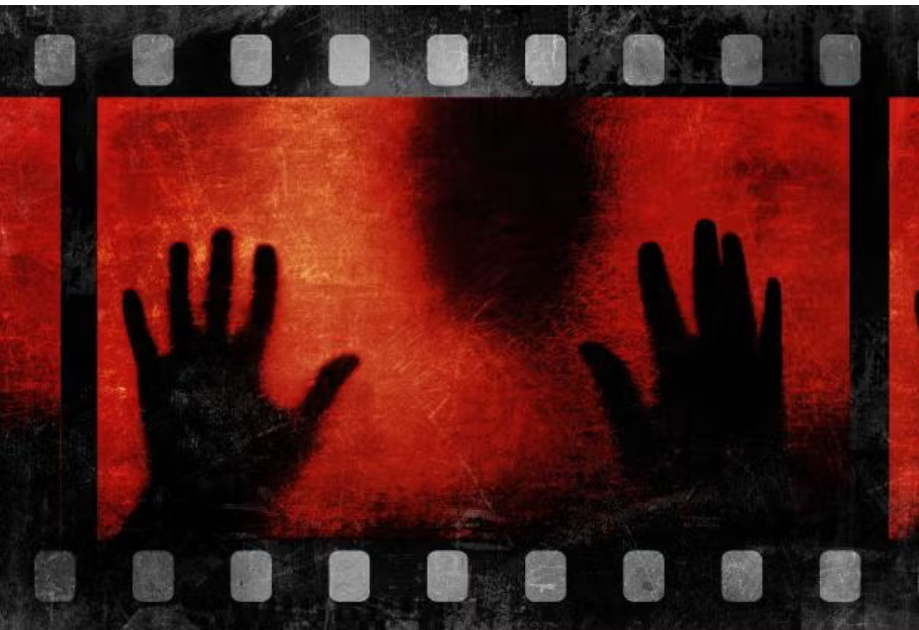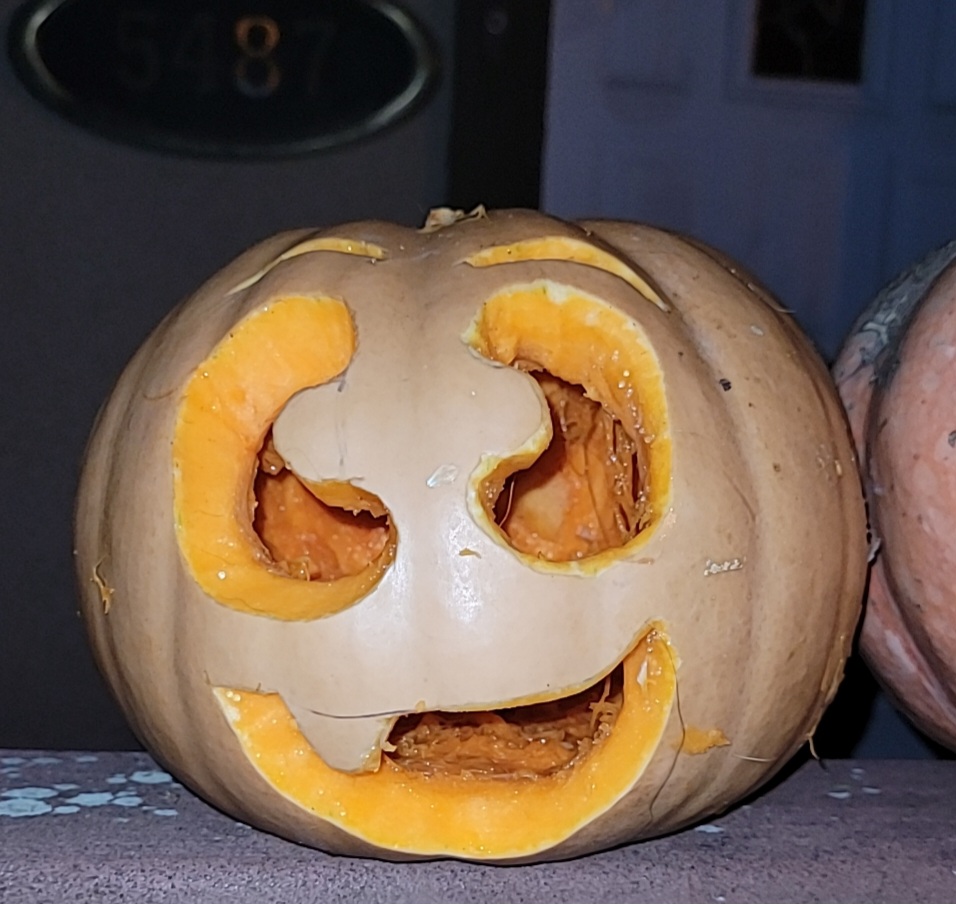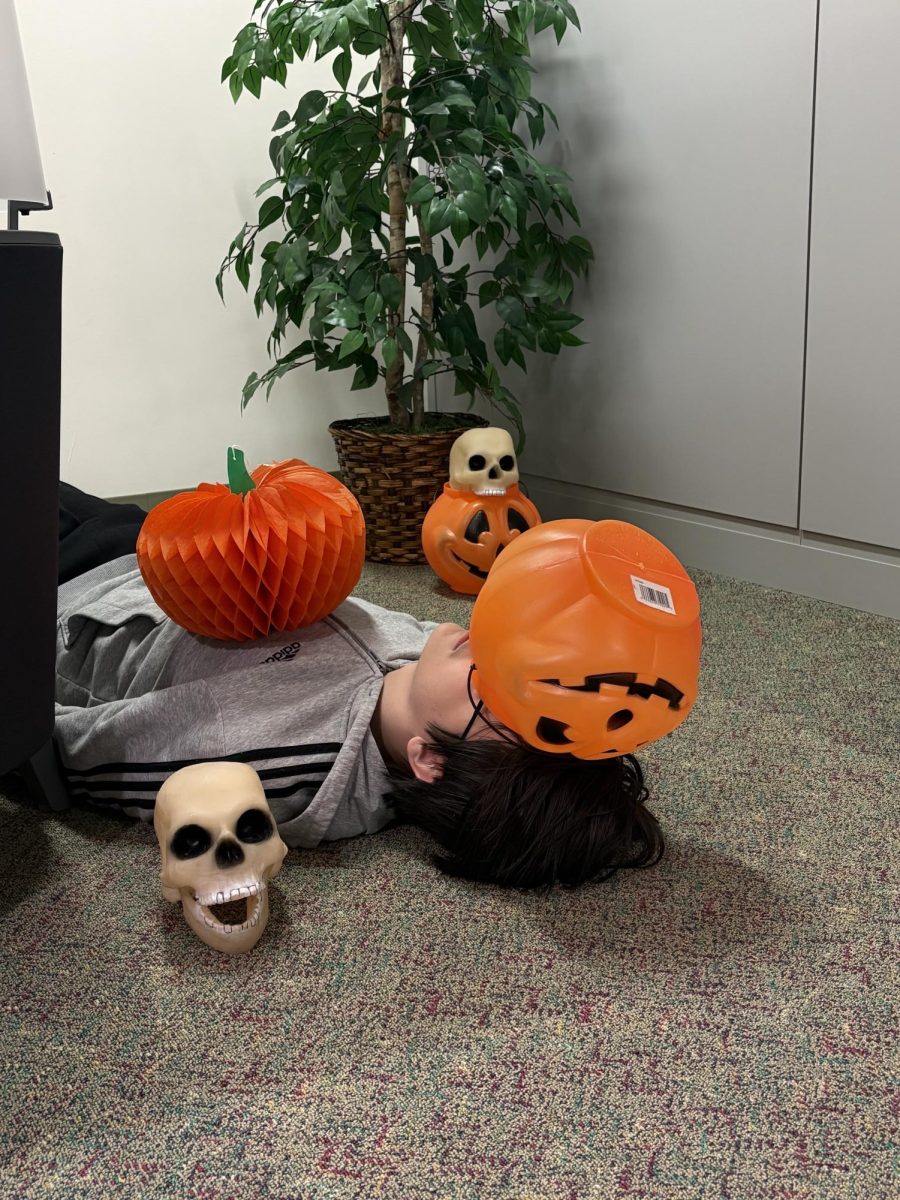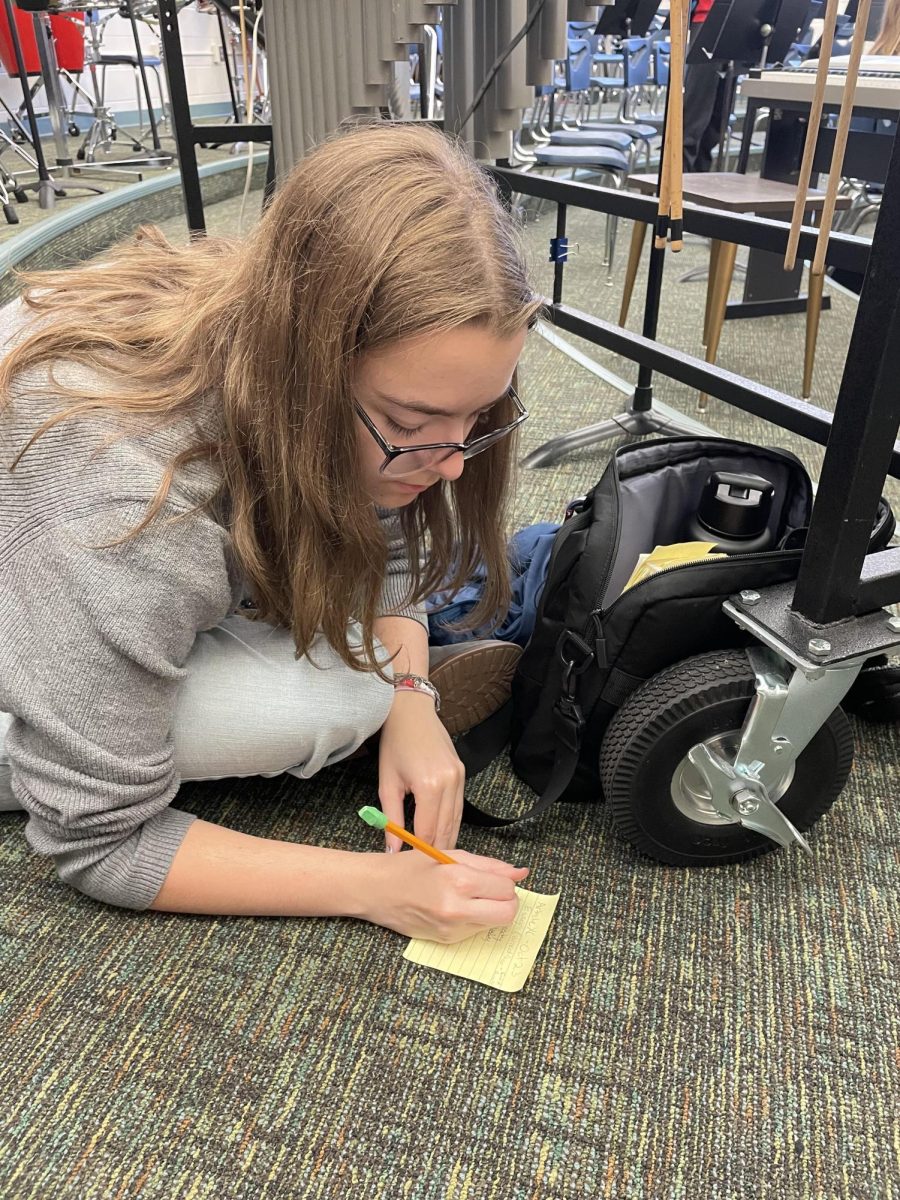A life-long spooky season for many that brings joy from scares, traditional activities, or the sweet treats and flavors that are brought back yearly, Halloween is a signature holiday that many look forward to for many different reasons. Even though the main celebration for this is on October 31, many embrace all that comes with it the moment October rolls around.
Over 2,000 years ago was the beginning of Halloween in what is now known as Ireland, the United Kingdom, and northern France by the Celts, being tied into the Celtic festival Samhain (pronounced sow-in). Samhain was the celebration of ghosts returning to earth. To show their respect for this event, bonfires would be built where sacrifices would be made to the Celtic deities in order to protect them from the cold and harsh winter. Costumes made from animal skins and heads would be worn by the Celts during the commemoration. This was the initial spark and earliest recording of where Halloween stemmed from, but it changed drastically years later when it was introduced to America.
Around the 19th century is when Halloween was brought to America by European immigrants, merging their customs with the already preexisting communities in the areas of Maryland and the southern colonies. The harvests were celebrated, stories and fortunes were shared, and they would sing and dance; these were known as “play parties.” These traditions became annually known by the mid 19th century, but not all over the country yet. This holiday was just reaching its peak of what it is today with trick-or-treating. The idea of trick-or-treating was a European tradition originally. In America, it started out as people dressing in costumes and going door to door, asking for money or food. It was also attempted to make it more recognized as a community get together rather than simply about the spooky things it is widely symbolized by and what it was originally known for. By the late 1800s, Halloween had lost a lot of the religious aspects and focused solely on the season, costumes, and traditions.
The idea of trick-or-treating, this came originally from England from All Souls’ Day parades. “Soul cakes” were pastries given to those impoverished by the more wealthy families in return for prayers for their deceased relatives. This was known as “going a-souling” and encouraged by the churches. Wearing costumes also was not just an enjoyable activity. It was meant as a way for the ghosts returning to earth to mistake people in masks for being a ghost, therefore keeping these ghosts away from their homes. Bowls of food were also left outside to keep them from coming inside.
Although Halloween previously used to be more than just a fun holiday for families and communities to participate in, it has evolved into something that most can enjoy and continue to pass on for years to come.
For more information about superstitions or more in depth knowledge, please visit https://www.history.com/articles/history-of-halloween


